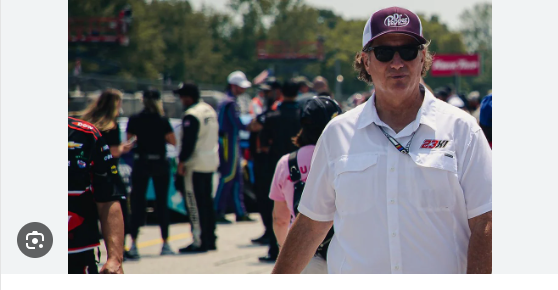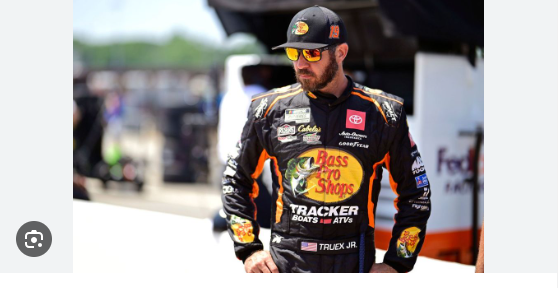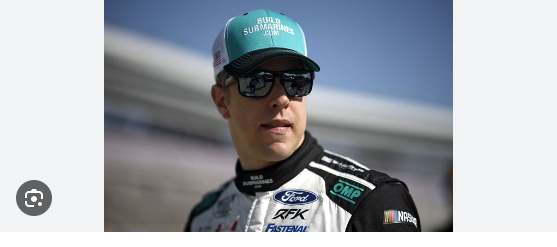Talladega Superspeedway has earned its reputation as a ‘wildcard’ on the NASCAR calendar due to its frequent multi-car wrecks, known as the ‘Big One’. However, the 2024 YellaWood 500 took that unpredictability to new levels, with a record-breaking 28-car pileup—the largest in the sport’s history. Among those caught in the chaos was Chase Elliott, who had hoped to secure a victory and advance to the Round of 8.
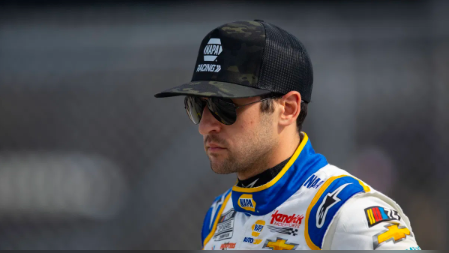
Despite careful race planning by the No. 9 Chevy team, Elliott’s strategy couldn’t prevent his downfall. He ended the race in 29th place, leaving him just above the playoff elimination cutline heading into the final Round of 12 race.
Chase Elliott is now in a risky playoff position. After leaving Kansas just four points above the elimination zone, he had been aiming for a strong performance at Talladega, where he finished seventh last fall. Although he qualified in 11th place, the best among his Hendrick Motorsports teammates, he struggled to break into the top 10 early on. His luck changed by the end of Stage 2, where he placed second, positioning himself for a potential playoff win.
But disaster struck when Elliott was caught in the ‘Big One’. Reflecting on the crash, Elliott told Fox Sports’ Bob Pockrass, “I was in a great spot and thought things were in my control, but unfortunately, the part I couldn’t control came back to bite us. I’m still not sure how I got clipped.”
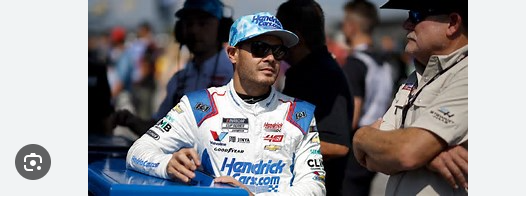
The incident occurred with fewer than five laps remaining. Only 31 cars completed the race due to the historic crash.
Although eight drivers will move on to the next playoff round, Elliott’s position is precarious. He sits 13 points above the cutline, with Joey Logano in ninth place. Elliott now faces a crucial challenge at Charlotte Roval, where he must perform well to keep his championship hopes alive. His ninth-place finish at last year’s race offers some optimism, but the pressure is on ahead of the Bank of America ROVAL 400.
Elliott must now deliver at Charlotte, especially after his worst finish of the season at Talladega. The newly repaved 2.28-mile circuit, with changes designed to improve passing opportunities, adds an extra layer of uncertainty. Drivers will have just 20 minutes of practice to adapt, making race strategy more challenging.
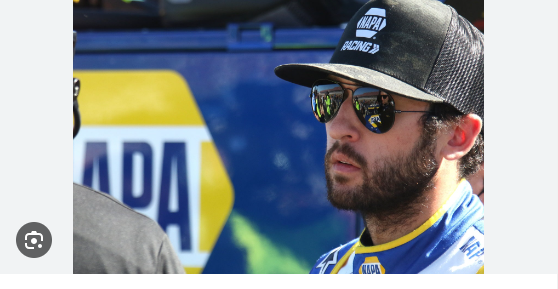
Sharing his thoughts on the repaving, Elliott said, “I see it as a new track, and that section will change the whole flow of a lap. I’ve been prepping as if it’s a brand-new track, using sim time to get familiar with the layout and surface.”
